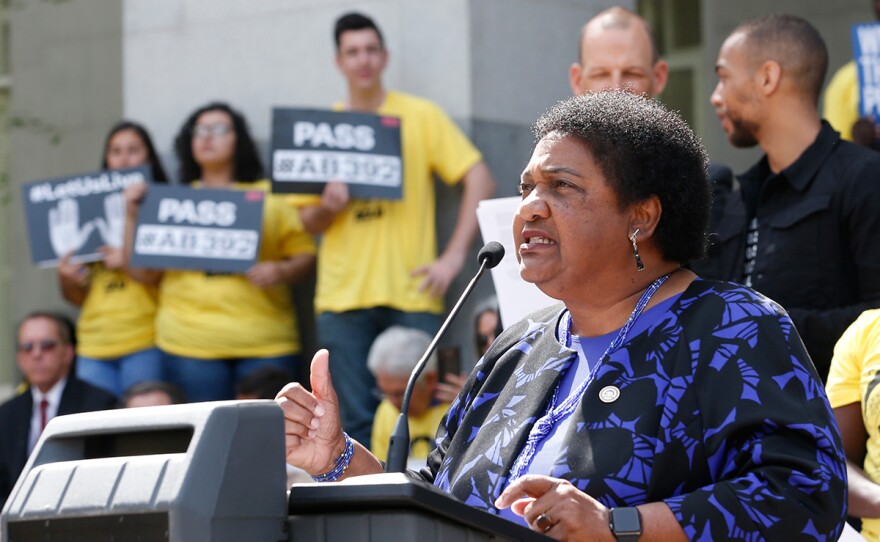California Assembly members will vote on AB-392 this week. The proposed legislation would change the standard for police use of deadly force in California.
RELATED: In California, Agreement On New Rules For When Police Can Use Deadly Force
According to The Washington Post’s “Fatal Force” Database, California has one of the highest rates of officer-involved shootings in the country. The Post started the Fatal Force Project in 2015 after the police shooting death of Mike Brown in Ferguson, Missouri.
It was the first database to track officer-involved shootings.
Journalist Wesley Lowery was the lead on the project and won a Pulitzer Prize for his work. He is also the author of “They Can’t Kill Us All: Ferguson, Baltimore and a new Era in America’s Racial Justice Movement.”
"Our hope is that our database and the work that we're doing can inform smart public policy at the state level as well as the federal level. What we've seen in California is one of many states that's been on a relatively leading edge in terms of transparency around some of these issues," Lowery said.
Wesley Lowery joined Midday Edition to talk about the database and current legislation. He will be speaking at the San Diego Association of Black Journalists Scholarship Reception on Friday May 31st at the Qualcomm Pac Center in Sorrento Valley.








